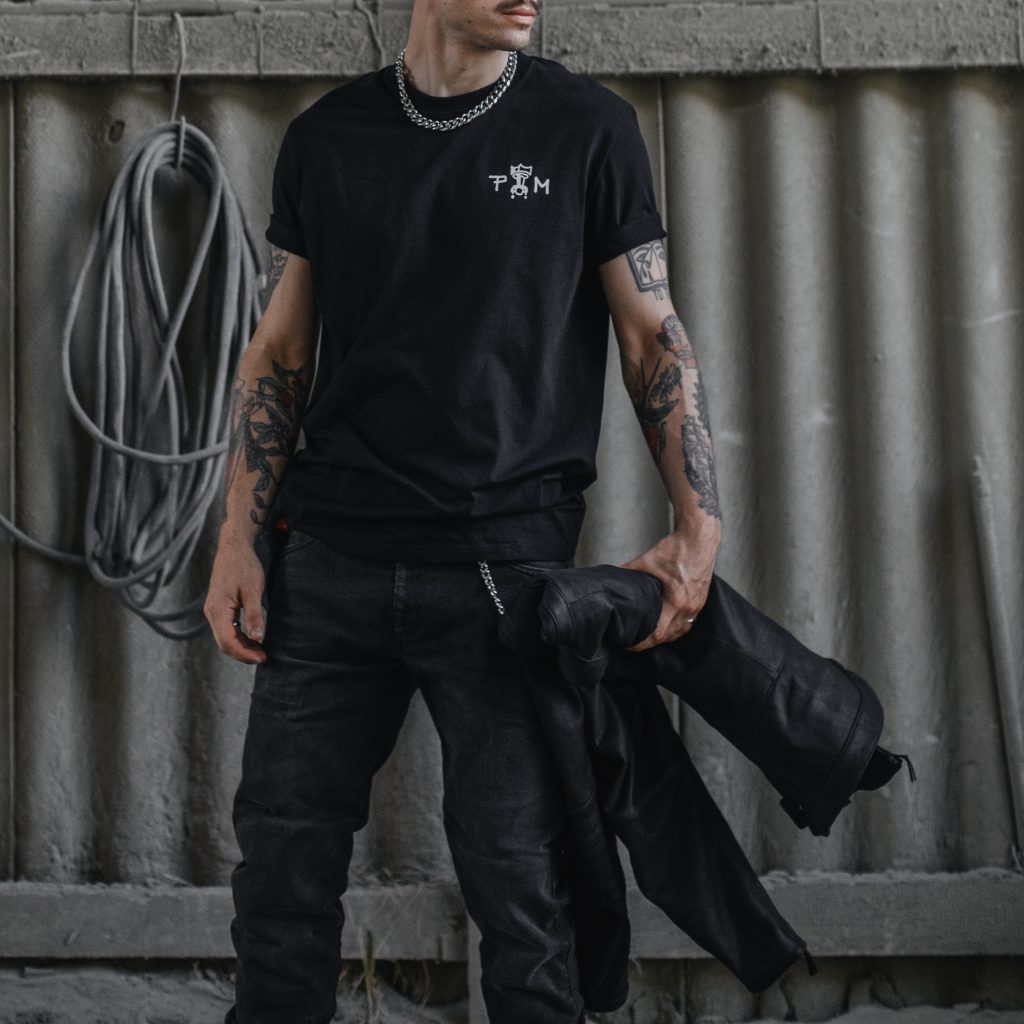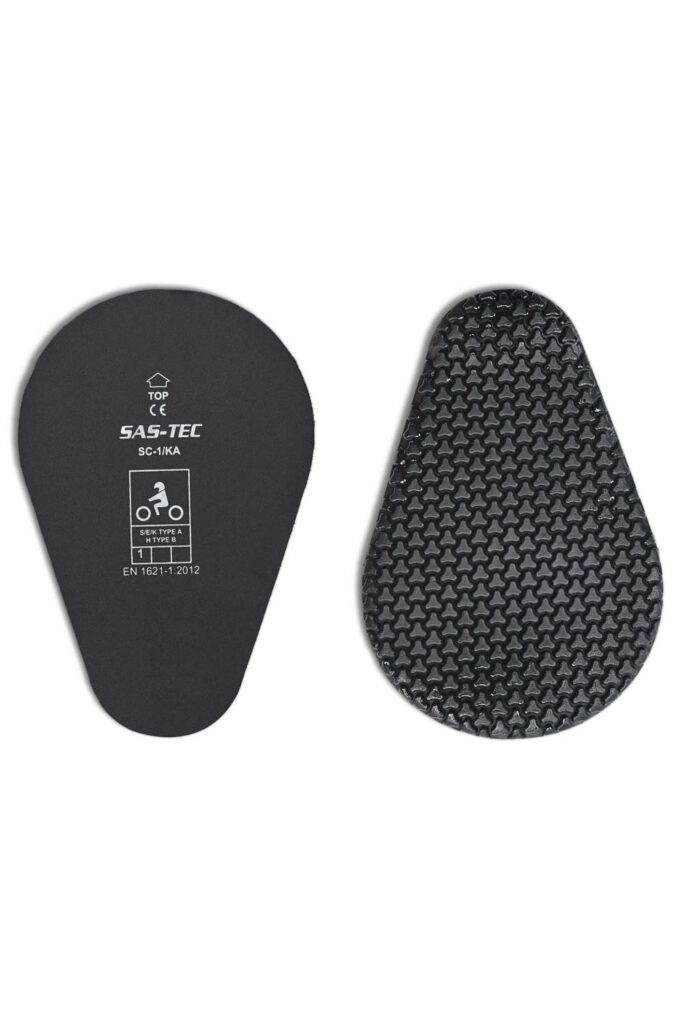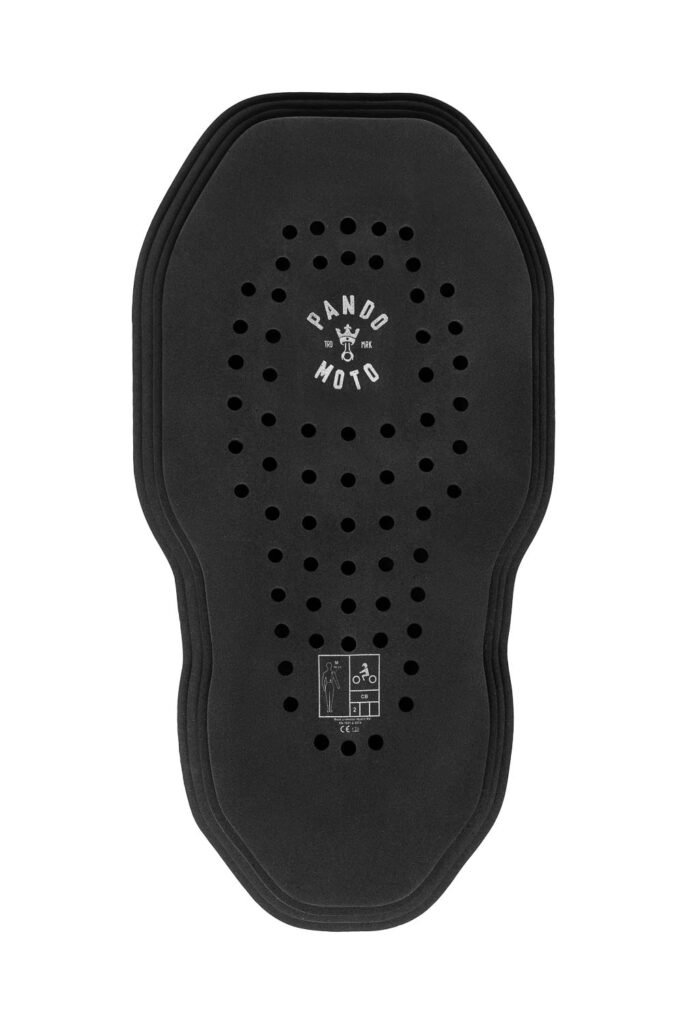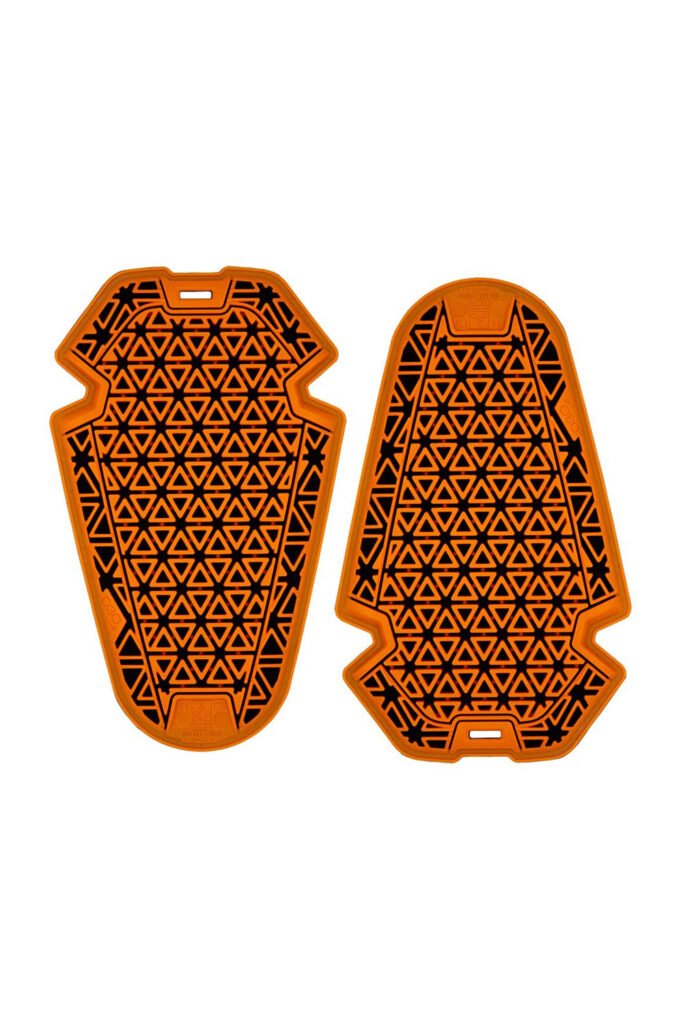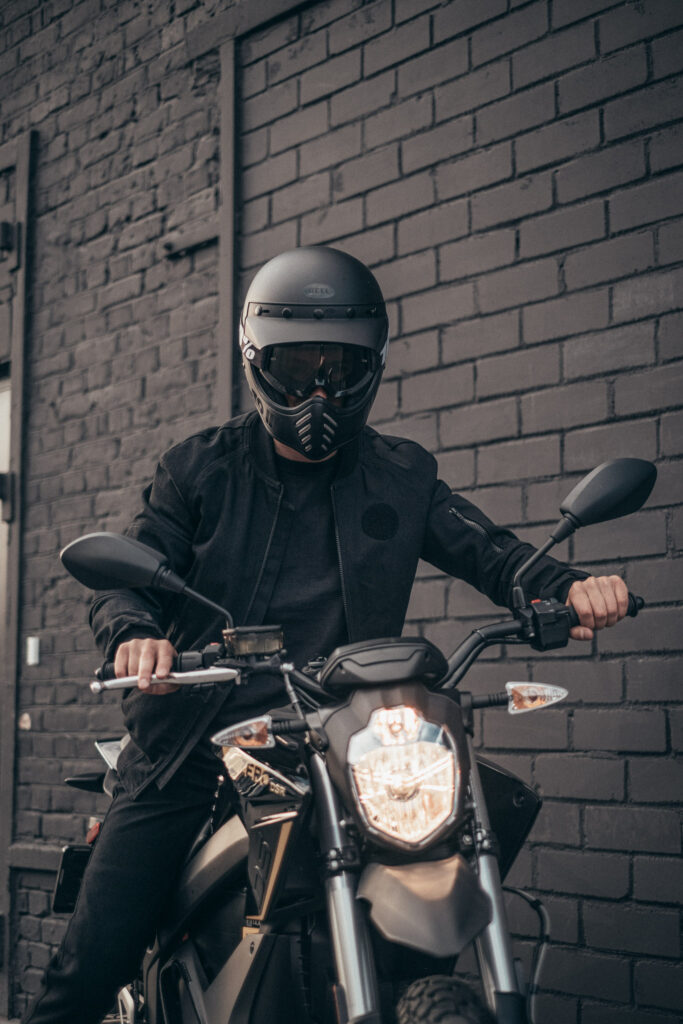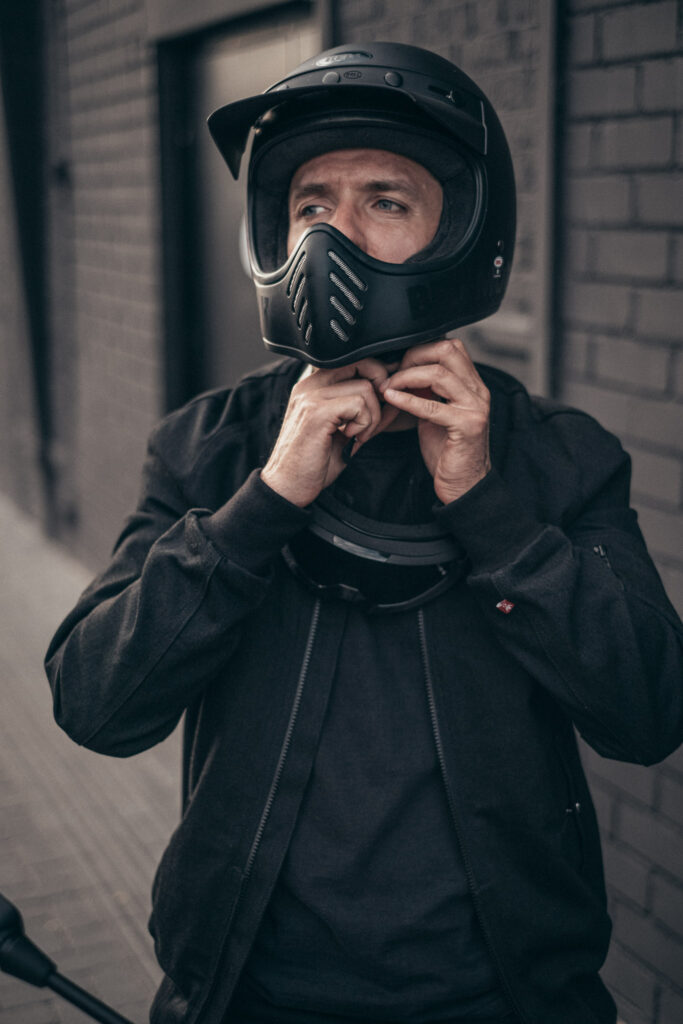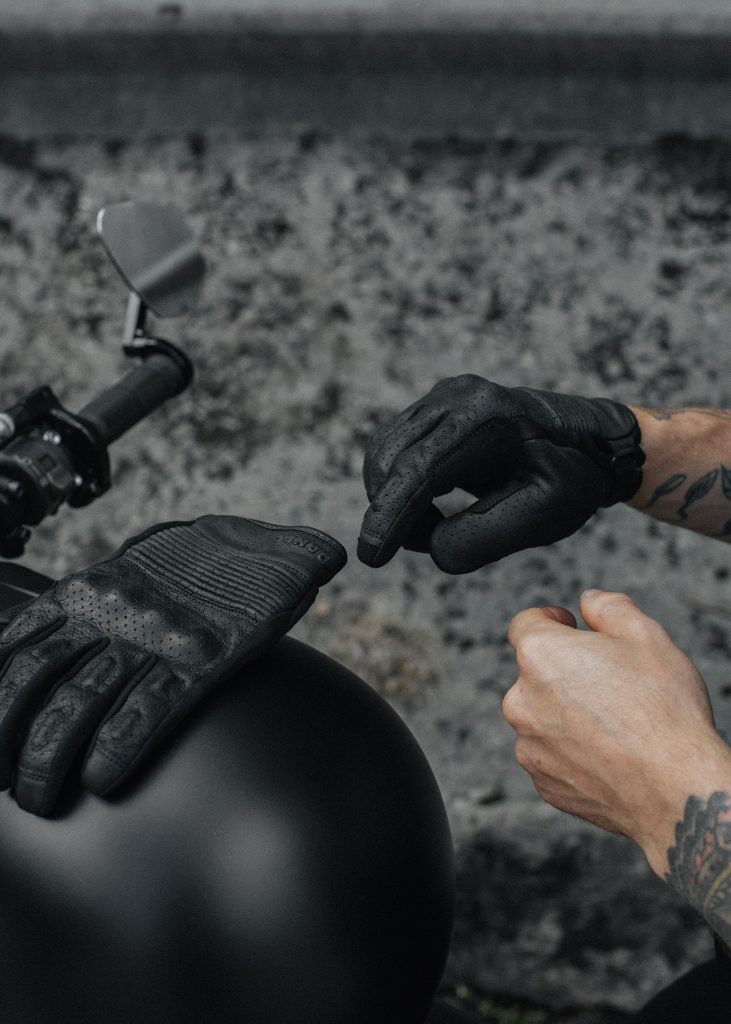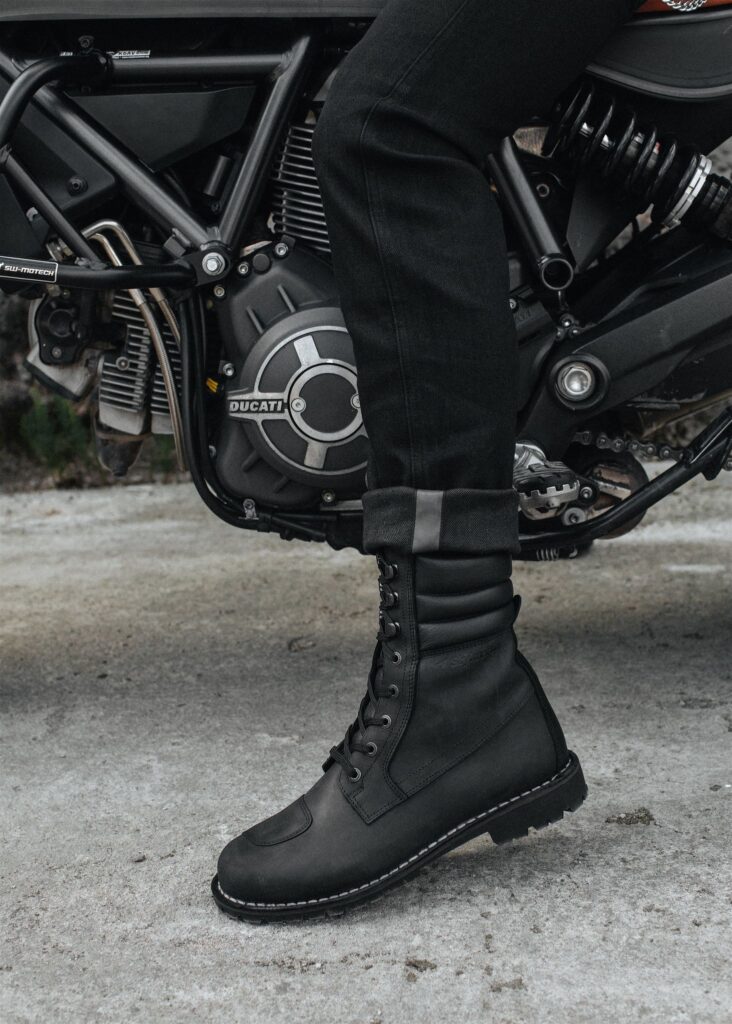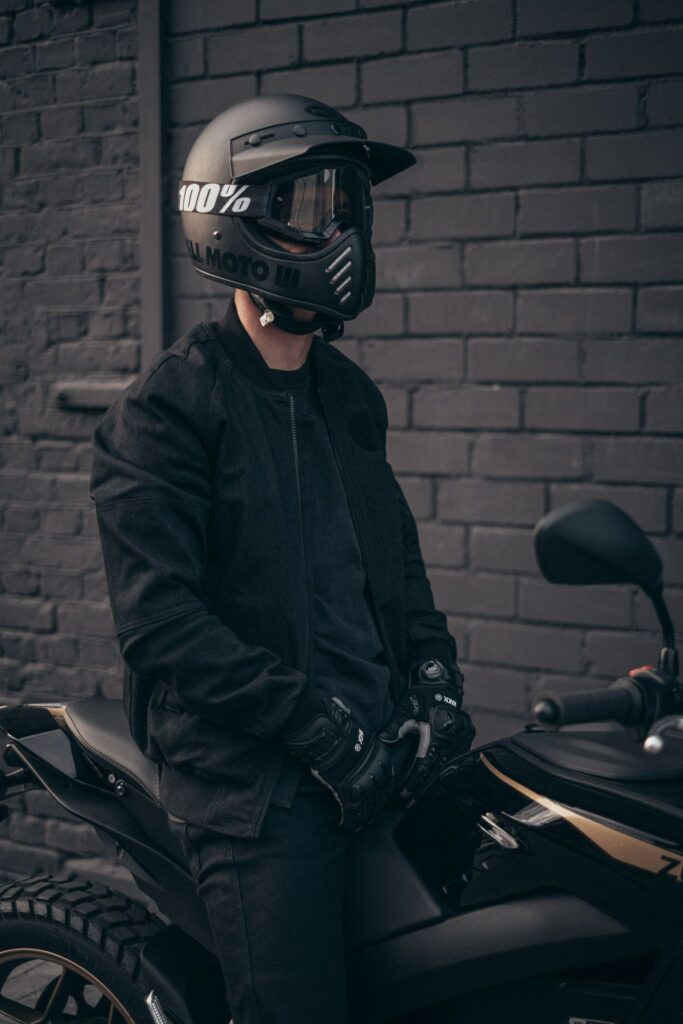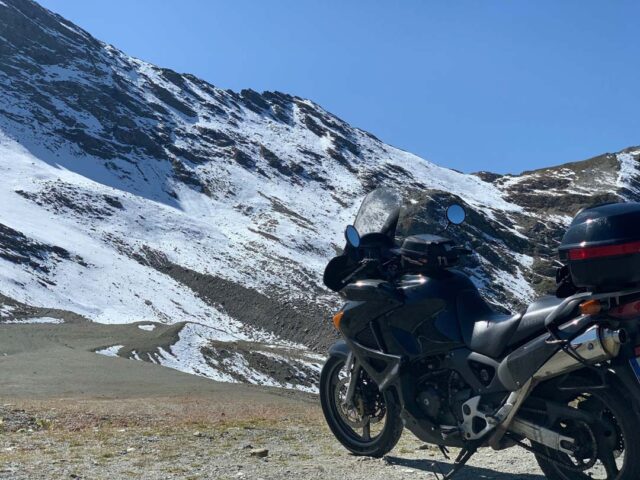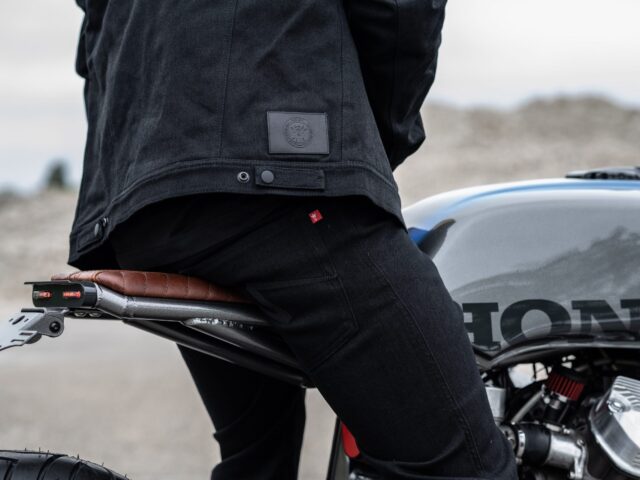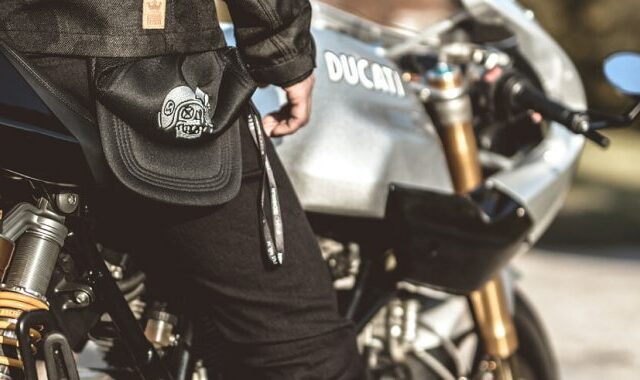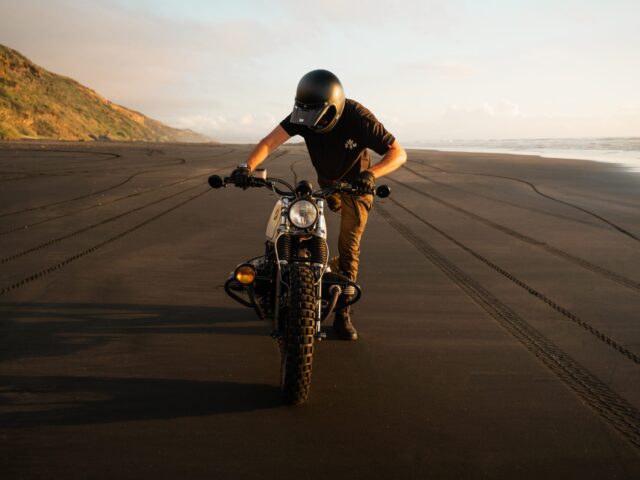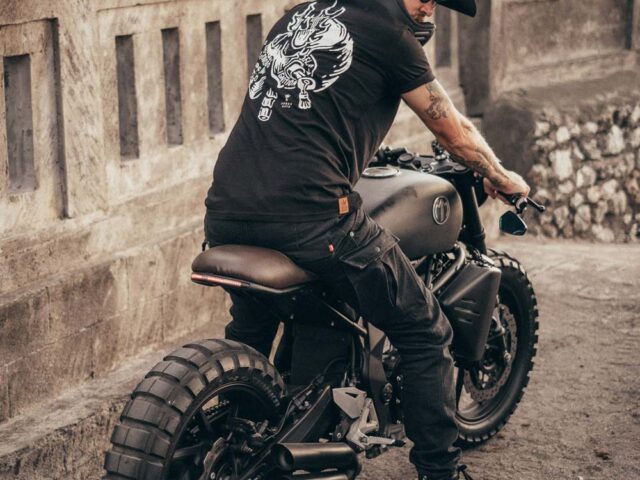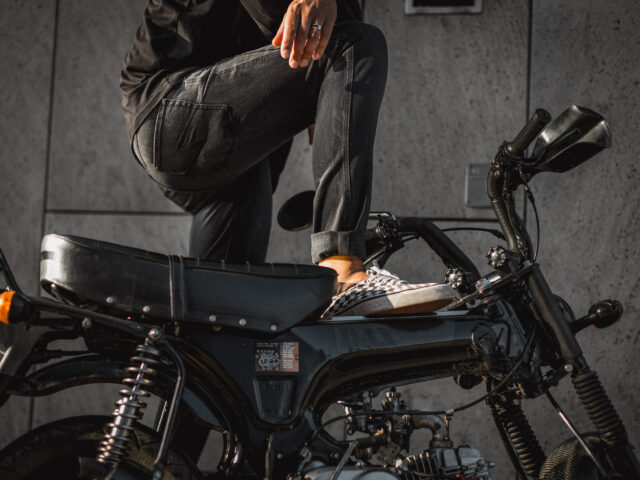Quick History of Motorcycle Apparel
June 23, 2021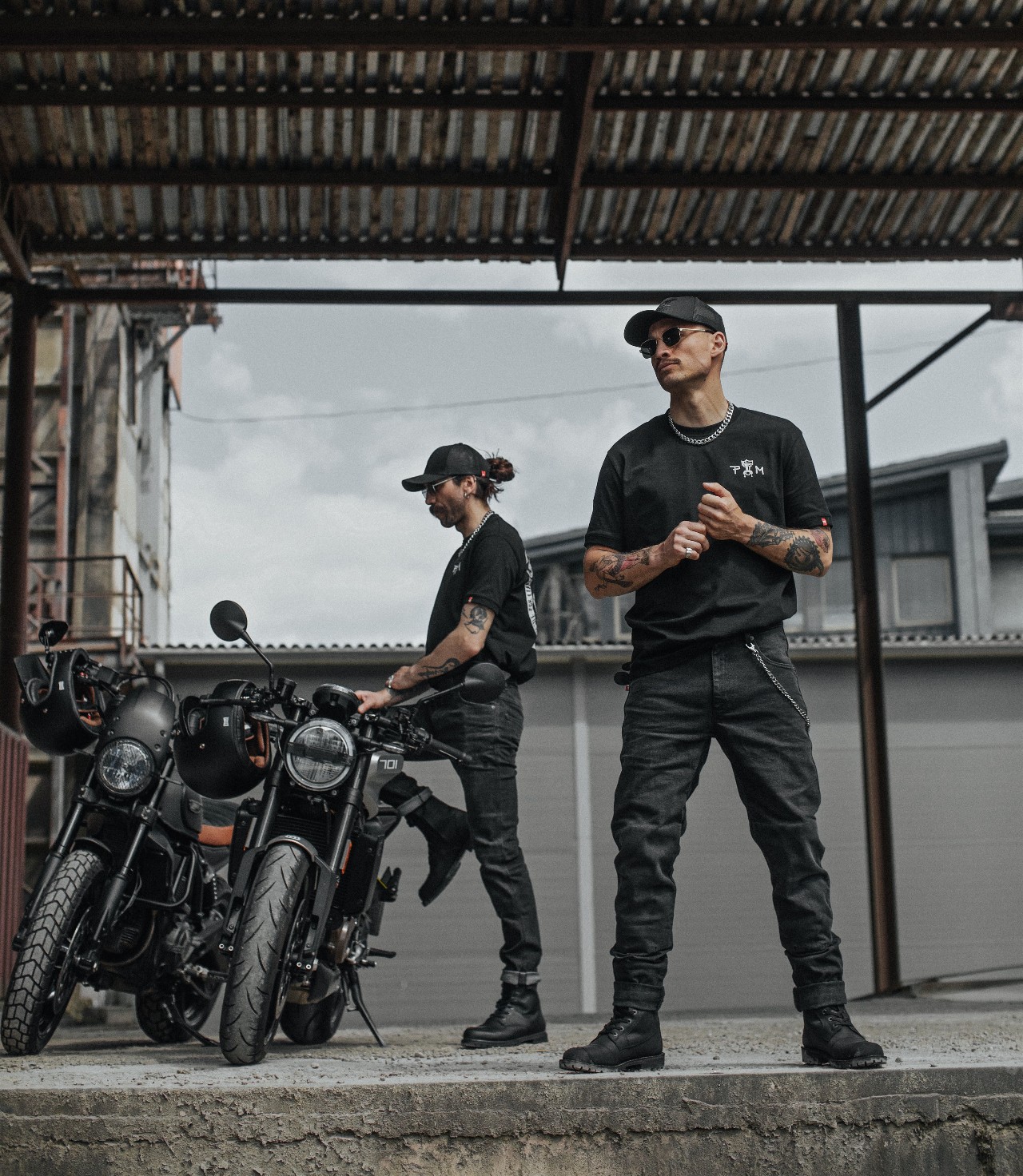
Whether you’re a street rider, a dirt bike maniac, or a permanent fixture on the racetracks, there’s no shortage of protective motorcycle apparel to suit any riding style, taste, and aesthetics. From full racing leathers to heavy-duty adventure gear and urban motorcycle apparel, riders are now spoilt for choices, and gear manufacturers come out with new protective tech and fabrics every year.
However, the history of motorcycle apparel is as long as motorcycling itself, and modern riding gear looks nothing like the motorcycle apparel of the ’20s, the ’40s, or even the ’70s. Motorcycle apparel has come a long way, and it’s fascinating to see how gear evolved alongside the motorcycles themselves.
To uncover the roots of motorcycle gear, let’s take a look at the history of protective bike clothing and the unexpected twists and turns gear design and development took over the decades:
Motorcycle Apparel Roots
When thinking of vintage motorcycle apparel, most people imagine the iconic 50’s leather jacket and engineer boots worn by Marlon Brando in The Wild One. However, the roots of motorcycle gear run much deeper than the fifties: as soon as the first motorized bikes hit the streets, people began figuring out ways to stay protected while riding. Between 1902 and 1909, the first motorcycles began making an appearance, and early riders usually wore clothing inspired by the equestrian and military wear: tweed jackets and skull caps were the norm, and long horse-riding boots were soon adapted as a staple motorcycle riding footwear.
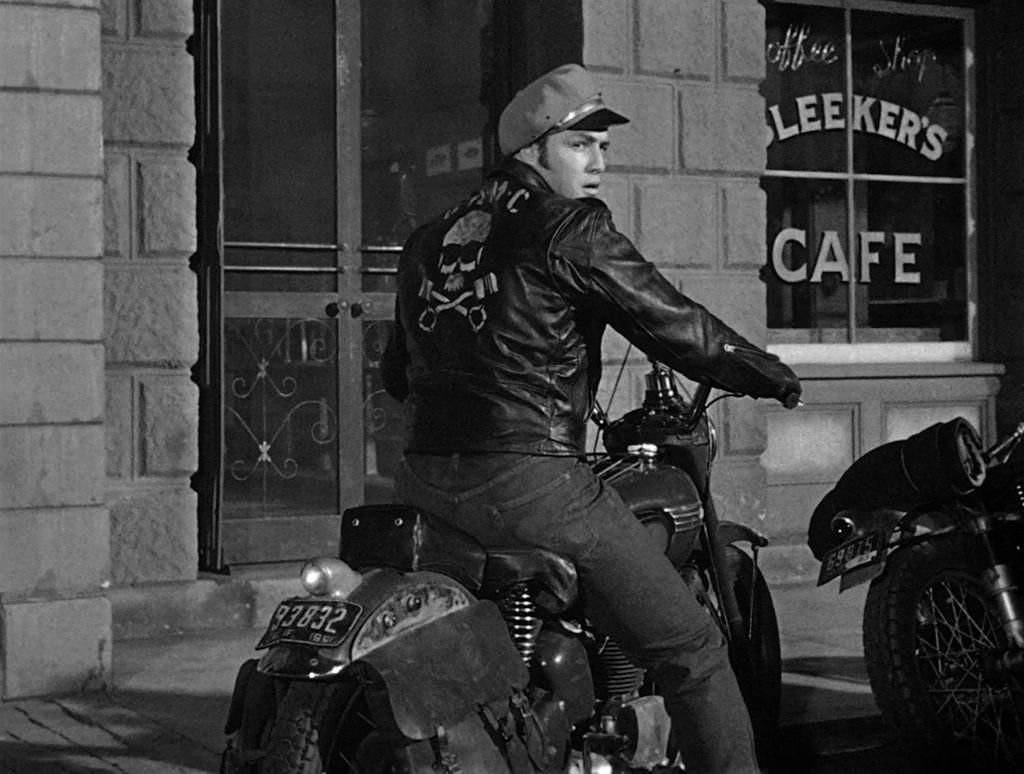
In the 1930s, as motorcycles evolved and became faster, people began racing them. And racing required gear that was more protective in case of high-speed crashes. Thicker leather skull caps served as the first helmets, and racers incorporated aircraft goggles to protect their eyes when racing. By the 1940s, wearing a motorcycle helmet became the norm owing to World War I and II: war dispatch riders were required to wear crash helmets, usually made from cork or tin, and the tradition soon seeped into the general public.
The famed leather jacket from The Wild One reached motorcycle riders in the fifties: although it was designed as early as 1928 by Schott NYC for Harley Davidson, the jacket, named Perfecto, shot to popularity after Marlon Brando wore it for the movie classic. The rest, as they say, is history.
Textiles and Fabrics Used in Motorcycle Apparel
At the beginning of the twentieth century, most motorcycle enthusiasts used what was available in other disciplines rather than specific motorcycle apparel. Tweed and waxed cotton wad jackets borrowed from the equestrian field, goggles and leather caps fashioned after gear used by aircraft pilots, and military-style riding boots and long dispatch rider jackets were all that was available until the 1930s. As bikes became faster and motorcycle racing became more and more popular, leather became the staple motorcycle apparel fabric. The Perfecto jacket aside, motorcycle apparel manufacturers began designing leather-based gear ranging from leather chaps to racing suits. The first one-piece leather racing suit was designed in the 1950s for Geoff Duke, the world motorcycle racing champion of the time; the suit was made from horse leather.
Ever since motorcycle apparel fabrics have evolved beyond what was imaginable, since the 1990s, new protective fabrics like different types of leather, Cordura, Dyneema, and Kevlar have been incorporated in motorcycle apparel products, and the same decade saw the introduction of the first motorcycle gear safety standards in Europe.
Motorcycle Armour
Much like leathers and textiles, motorcycle armour is almost as old as motorcycling itself. At first, motorcycle riders used simple leather padding at the knees, elbows, and shoulders; Dainese invented the first back protector as late as 1979, taking inspiration from a lobster shell and using rigid interlocking plates to protect the rider’s back. By the eighties, wearing motorcycle armour became the norm, and in the 1990s, new motorcycle armour technology developments ushered in the first regulated safety standards. Now, riders enjoy a wide variety of different armour options ranging from soft pads to heavy-duty off-road riding exoskeletons, knee and neck braces, and full motorcycle body armour, as well as integrated motorcycle jackets with armour.
Development of Helmets
Having started as a modest skull cap and, later, a leather cap, the motorcycle helmet has evolved beyond recognition. In the 1920s and 1930s, most motorcycle helmets were adapted from military and aircraft use, but the only riders who wore them were racers. In 1941, the British and the US Army made wearing crash helmets mandatory for military riders, and the tradition slowly took root among civilian motorcyclists. The first patented motorcycle helmet appeared in the 1950s, and in 1954, AGV made its first full-face motorcycle helmet of fibre. Soon, brands like Bell, Arai, and Shoei appeared, and in the 1980s, Shoei manufactured its first multi-fibre helmet using carbon and Kevlar. By 1990, wearing crash helmets became mandatory for riders in most countries around the world, and today’s helmet technology relies on lightweight but highly protective composite materials with carbon fibre and Kevlar.
Motorcycle Boots, Gloves, and Goggles
Motorcycle boots have evolved from traditional cavalry and horse-riding boots, replaced by the famed Engineer boot in the ’40s and ’50s. Motorcycle gloves shared a similar fate: early motorcyclists used equestrian-style gauntlet gloves, and as for goggles, early motorcycle goggles were borrowed from aeroplane pilots. During the sixties and seventies, motorcycle boots, gloves, and goggles became more specialized: gear manufacturers began designing different gear for different disciplines, resulting in today’s wide array of boots, gloves, and goggles aimed at track racers, urban riders, off-road riders, and travellers.
Base Layers
Motorcycle base layers are probably the newest addition to motorcycle apparel: up until the eighties, most motorcycle riders and racers used everyday cotton shirts under the protective gear. Now, riders can choose from lightweight, moisture-wicking base layers to thick thermals to keep warm, and if you’re going the full mile, you can even opt for specialized motorcycle underwear.
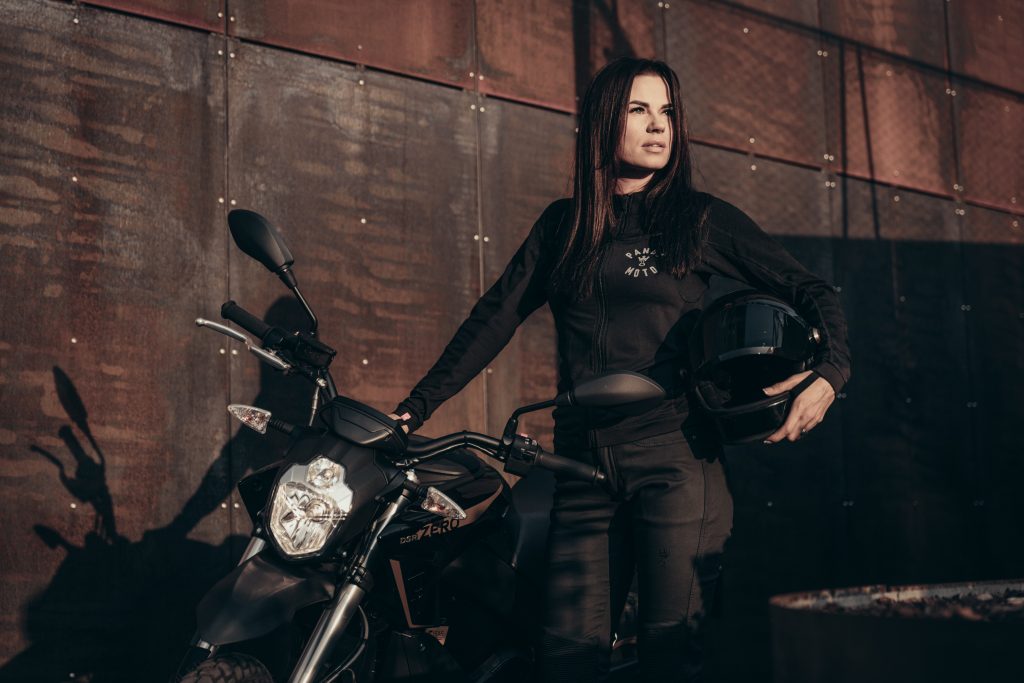
Much like the machines we ride, motorcycle apparel has evolved by leaps and bounds over the last century, and with new technology being developed at breakneck speed, we’ll probably be riding ever safer as the gear we wear gets better and better.
